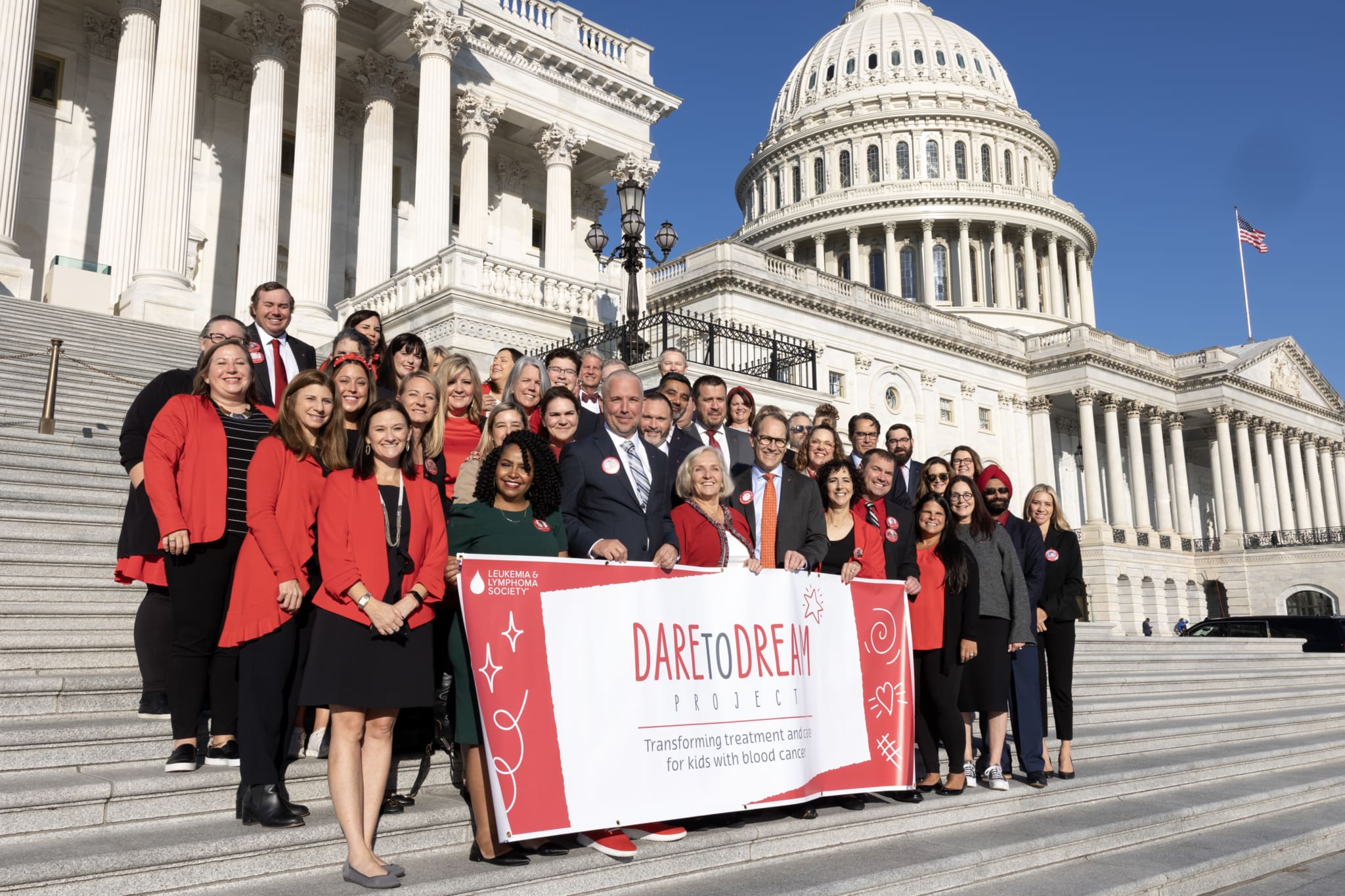At Independent Sector, we pride ourselves on being pretty knowledgeable about the nonprofit sector and its role in working to improve communities and lives across the globe.
But we quickly found out there’s always more to learn, and how lucky were we to do just that – from one of the nation’s leading experts on the nonprofit sector – who happens to be a Visiting Scholar right here at IS!
Alan Abramson is working with IS while he is on study leave from George Mason University (GMU) where he is a professor of Government and Politics in the Schar School of Policy and Government, and Founding Director of Mason’s Center for Nonprofit Management, Philanthropy, and Policy. Prior to joining the faculty at GMU in 2008, Alan was a program director at the Aspen Institute and a member of the research staff at the Urban Institute. He began his research on the nonprofit sector in 1981 working on an Independent Sector-sponsored study on the impact of the Reagan administration’s budget cuts on nonprofits.
In a three-part class open to all Independent Sector staff, Alan covered questions like:

- Why do we have a nonprofit sector in this country?
- What is the role of nonprofit infrastructure organizations?
- What are the challenges facing the U.S. nonprofit sector?
- Where did Independent Sector come from anyway?
As Alan promised, the classes featured “a little bit of lecture, but much more discussion,” enabling staff to pause our day-to-day work to really consider why IS and the work we do are important to social good organizations and individual changemakers who are helping people to not just survive, but thrive in their communities.

“Alan’s crash course on the nonprofit sector allowed me to articulate the bits and pieces of historical events as a clear arc of development,” said Mareeha Niaz, an associate at Independent Sector. “I used to know about the founding of IS as facts, but now I understand it’s genesis more fully within the historical context of the sector.”
Part one of our class was an overview of the essential features of the nonprofit sector. We learned two surprising facts:
- Earned revenue (i.e., fees and service charges) – and not philanthropy – is the largest source of nonprofit revenue
- Individuals – and not foundations or corporations – are the largest source of charitable contributions.
We also talked a bit about Alexis de Tocqueville, who visited the U.S. from France in the early 1800s and observed the propensity of Americans to constantly form associations – or what we might call today nonprofits – to address community needs. Read the full part one summary.
During Part two, we explored the nonprofit sector’s history in the U.S., and how Independent Sector came to be, thanks to the genius of John W. Gardner, Brian O’Connell, and others. Read the full part two summary.
In our third and final segment, we reflected on some of the challenges that nonprofits – and the infrastructure organizations like IS that support them – face today, as the work continues to strengthen the sector. Read the full part three summary.
Carolyn Mollen, Independent Sector’s chief financial officer, thought the broad view provided by the class can only help IS staff perform our work better: “Alan’s class gave us the opportunity to step back and really understand the origin of the nonprofit sector and the circumstances that led to the creation of Independent Sector. This is particularly important for IS staff, because as an infrastructure organization we touch all areas of the sector. This additional level of knowledge helps inform our work to support sector organizations in effectively addressing today’s 21st century challenges.”
We’re lucky to have Alan with us through August 2019 when he will return full-time to his faculty position.



